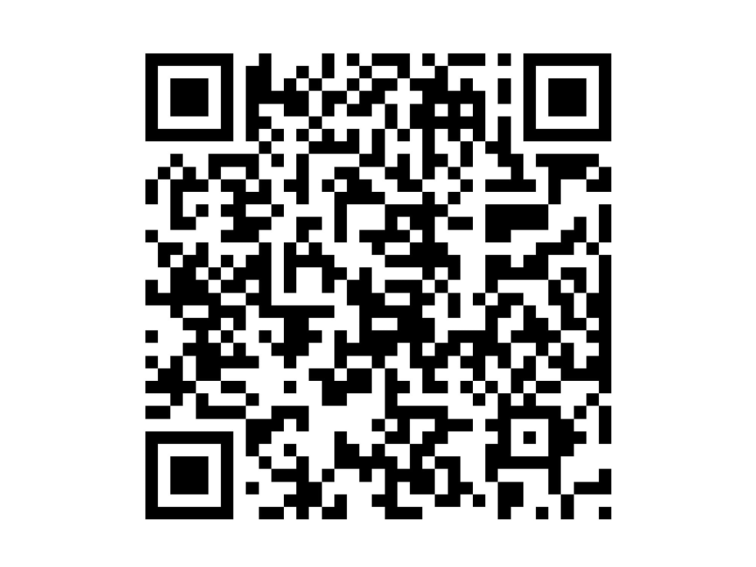Common Core Technology Tools For Speaking & Listening
by Dr. Melissa Comer and Dr. Leslie Suters, Presenters at the 2014 Teaching and Learning with the iPad Conference
The Speaking and Listening strand of the Common Core State Standards addresses the need for learners to develop communication skills while sharing their learning with multiple audiences.
See also How Technology Changed Teaching And Learning
Students, at all grade levels, are encouraged to work collaboratively, finding best ways to communicate. Often, wrongly so, we assume that if a person can talk they have mastered the speaking mode of literacy; or, because they can hear they are good listeners.
Unfortunately, neither of these assumptions are accurate. In keeping with Common Core challenges, we need to create learning opportunities for students to engage in meaningful speaking activities and to improve listening skills through purpose-driven strategies. Fortunately, there are various Web 2.0 tools and apps that allow us to meet these challenges.
Speaking & Listening: QR Codes
A QR, or quick response, activity is a great way to incorporate both speaking and listening. The teacher or student makes audio recordings and publish to the web using Audioboo (online, http://audioboo.fm/; App store https://itunes.apple.com/us/app/audioboo/id305204540?mt=8) , AudioPal (see below), Podomatic (online, www.podomatic.com; App store https://itunes.apple.com/us/app/podomatic/id648258566?mt=8), etc. Linking their URL to a QR code generator, allows them to create a visual barcode of sorts that can be scanned for access. Great use for math trails, or any type of scavenger hunt; explanation of projects; or, like in the example below, as an active listening assignment relating to a song about the Fraterville Mine disaster:
 3 QR Code Generators
3 QR Code Generators
1. Go QR Me: http://goqr.me/
2. QR Stuff: http://www.qrstuff.com/
3. Top 10 Free Online QR Code Generators: http://freenuts.com/top-10-free-online-qr-code-generators/
4 QR Code Reader Apps
- Qrafter: https://itunes.apple.com/us/app/qrafter-qr-code-barcode-reader/id416098700?mt=8
- Scan: https://itunes.apple.com/us/app/scan/id411206394?mt=8
- i-nigma: https://itunes.apple.com/us/app/i-nigma-qr-code-data-matrix/id388923203?mt=8
- ScanLife: https://itunes.apple.com/us/app/scanlife-qr-code-reader-barcode/id285324287?mt=8
Speaking & Listening Web 2.0 Tools
1. Go! Animate (http://goanimate.com/)
Students can use this tool to create animated videos, using their own voice by recording an MP3 or MP4 and then importing into Go! Animate. It can also be accessed as a listening tool when you share a prepared video (either with your own voice or a computer-generated one such as that which can be found in the “Discussing Math Methods Over Dinner” example shared below). Be sure that when using as a listening tool that you give specific things students are to listen for.
Example: http://goanimate.com/videos/05MBuwCSYfPE?utm_source=linkshare&uid=0P6sABNF8DKI
2. VoiceThread + iPad
VoiceThread is one of those tools that allows you to meet all of the literacy strands (reading, writing, speaking, listening, & viewing), but especially the speaking and listening strand. Available online ((http://voicethread.com/) and through a free app purchase (https://itunes.apple.com/us/app/voicethread/id465159110?mt=8), teachers can create VoiceThreads, having learners to view and respond through video, voice, or text. For a truly interactive experience, students can comment on each other’s responses. See the Social Studies World Event VoiceThread example below:
Example: https://voicethread.com/myvoice/#u1394575.b3480752.i18241953
3. Voki
Voki, found online at http://www.voki.com/, is a fun way to engage students through talking avatars. Students can create their own avatars, designing them to resemble a historical character or a caricature of their own self. Using their own voice, they can enhance language skills, work on vocabulary, answer questions, the possibilities are endless! Likewise, teachers can create homework assignments, as in the example below, reinforcing listening skills by holding students accountable for completion of a specific task. The Voki website has close to 200 different lesson plans that apply the use of this tool across the curriculum.
Example: http://www.voki.com/pickup.php?scid=8874500&height=267&width=200
4. AudioPal
Another tool that meets both the speaking and listening strands is AudioPal (http://www.audiopal.com/). AudioPal allows you to record your voice through a mic or by calling in your message to a toll free number. There is no registration required, instead AudioPal sends you a link to your message. From there, you can embed your free audio player online.
Example: http://www.audiopal.com/grab_your_widget.html?mId=42081713.2
Speaking & Listening iPad Apps
Educreations + web version (http://www.educreations.com/). Educreations on the app store at https://itunes.apple.com/us/app/educreations-interactive-whiteboard/id478617061?mt=8 is a great tool to use in the flipped classroom concept. It allows you to upload presentations via multiple platforms (PowerPoint, Keynote, PDFs, etc.) and narrate them.
Example (listening): http://www.educreations.com/lesson/view/the-hunger-games-excerpt/8897145/?ref=link
Other Speaking & Listening Technology Tools
Other iPad apps that can be used in the Speaking/Listening strands are numbered below:
- Toontastic, an app that allows you to animate while recording your voice. (https://itunes.apple.com/us/app/toontastic/id404693282?mt=8). One example? Toontastic Video Culture – https://toontube.launchpadtoys.com/293893
- ShowMe, an app that lets you turn your iPad into an interactive whiteboard (https://itunes.apple.com/us/app/showme-interactive-whiteboard/id445066279 )
- Audioboo, an app that lets you record up to 10 minutes of audio (https://itunes.apple.com/us/app/audioboo/id305204540?mt=8)
- Sock Puppets, an app that lets you create lip-synched videos. (https://itunes.apple.com/us/app/sock-puppets/id394504903?mt=8)
- Fotobabble, an app that lets you upload your photos and, well, babble about them. (https://itunes.apple.com/us/app/fotobabble/id353078443?mt=8)
Dr. Melissa Comer is a professor of literacy in the College of Education’s Curriculum & Instruction Department at Tennessee Tech University. Dr. Leslie Suters is an associate professor of STEM education in the College of Education’s Curriculum & Instruction Department at Tennessee Tech University. They will be co-presenting the session “Common Core Literacy Integration with App Flows” at the upcoming 2014 Teaching and Learning with the iPad Conference this November in Raleigh, NC.
16 Common Core Technology Tools–With Examples; Speaking & Listening In The Common Core; adapted image attribution flickr user flickeringbrad

